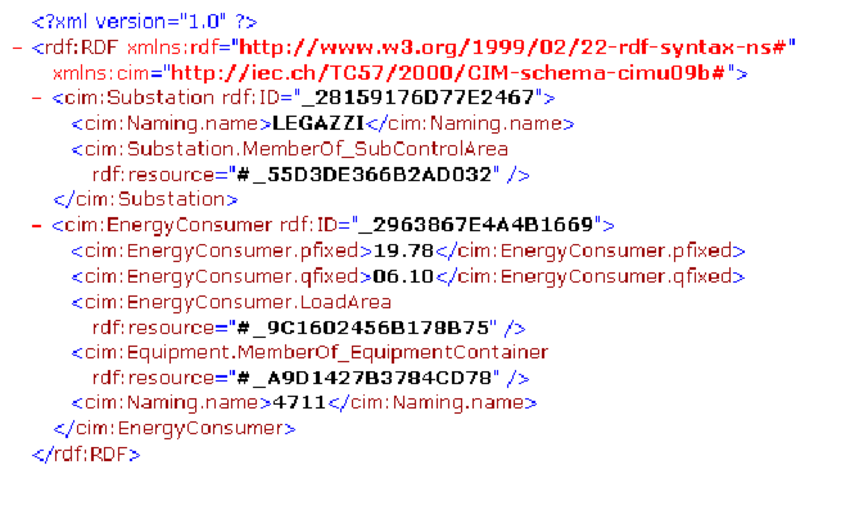Leveraging XML Shopping Data
An omni-channel approach, with consistency across all channels, is the most efficient, most profitable distribution strategy for airlines. But airlines have to make diligent moves to attain such level of proficiency. Data-driven merchandising and API-led distribution are laying strong foundation for a carrier’s retailing strategy, optimizing performance of both direct and indirect channels. Not only are airlines re-looking at their whole IT infrastructure, but they are also beginning to recognize the significance of a business intelligence layer that can pave the way to regaining control of the offer being made via the indirect channel. Essentially this means airlines need to delve into search and booking data contained in XML message streams. By doing so, one can understand customer groupings in terms of customer type, degree of engagement, revenue contribution and the ancillary upselling-purchasing opportunities, says Jonathan Boffey, SVP for Business Development, as he spoke to Ai’s correspondent Ritesh Gupta in Toronto.
Excerpts from the interview:
Ritesh: Analytics is paving way for effective retailing. Where do airlines need to improve in order to be in control?
Jonathan: Airlines, like any e-commerce brand, are earnestly trying to garner differentiated competitive advantage in today’s era of personalised retailing. Customer insight is of paramount importance as it offers the ability to engage with context. A prospective traveller might search directly on airline.com, complete a transaction within Google’s domain, an OTA platform etc. The challenge is getting the right offer to the traveller at the right time and through the channel they prefer. Consistency and personalisation is key.
So it is vital for airlines to know who is looking for what, whether they are buying or not and if buying what they are buying. But if this is only restricted to a direct channel, then it isn’t an ideal scenario in the omni-channel shopping environment. So as much as airlines today can minutely scrutinize every piece of activity on their digital assets, they need to strengthen their analytics for indirect channels, too. Airlines have control and visibility when we talk of direct sales channels. But this control and visibility also needs to extend to indirect sales.
Ritesh: And with NDC, if a carrier isn’t analysing then it’s a missed opportunity, right?
Jonathan: Yes. Without NDC, airlines have no visibility into search traffic and therefore into how they are performing nor can they sell the same range of value ancillaries at the same time as the seat sale. NDC is all about bringing control back to airlines in terms of offers they are able to make via this channel. Therefore, this channel’s performance should be able to be analysed and scrutinised with an analytical lens in the same way as the direct channel.
Ritesh: So what needs to be done to sharpen overall merchandising strategy?
Jonathan: Travel brands need to engage customers using decisions formulated from customer contact and transaction data. Increasingly airlines are counting on XML to deliver content rich offers to OTAs, aggregators etc. What needs to be added to this new way of merchandising is a business intelligence layer. Essentially this means airlines need to delve into search and booking data featuring in XML message streams exchanged between airline systems and travel agencies. The key is to act on this in near real-time.
By sorting out XML search and reply data streams and measuring them against key performance indicators, valuable insight can be derived to help shape merchandising /offer decisions.
One of the biggest assets that airlines’ today possess is the offer they make. Analysing data flow can shape up the offers they intend to make, and this would in turn differentiate their proposition in the indirect environment. We are equipped to capture the data, offer storage and processing capabilities, plus a web-based interface and rep
orts and charts. All this can be scaled up, too. As a BI and performance monitoring platform, the Trio analytics platform can be deployed as part of an organization’s data centre capabilities or via a preferred merchandising and distribution platform provider.
Ritesh: What does shopping data feature?
Jonathan Boffey: The data that is coming in via request from the indirect channel shares what is being demanded. Stored in XML format, it encapsulates the actual product search, the traveller or party, the date of travel and other attributes. And when an airline responds, it entails details of features, price, availability and ultimately booking confirmation. Now the analytics platform assesses each request-response pairing, applies NDC specific rules to pull out business relevant data as KPIs and stores them in a database. This way the gist of the transactions are captured and the search patterns are analysed. What effectively surfaces is trends by source – where requests are coming from tends to influence the nature of the enquiry such as destination, check-in date, itinerary, leisure/family etc. It becomes easy to generate reports showing for example conversion rates by agent and/or by destination by check-in date or indeed any phase in the plan-book-travel journey. Ultimately the data available for analysis and reporting is dependent upon the data content of the original XML – which fortunately is pretty good.
Ritesh: How can airlines build on their resources with such insights?
Jonathan Boffey: The key to unlocking the potential of today is identifying the quick wins across the business to ensure incremental and impactful changes, as well as keeping an open mind about what is possible in the future. Internal alignment is necessary, and organizations need to be nimble when it comes to leveraging insights derived from XML shopping data.
We believe airline business intelligence is all about breaking down those silos and barriers – and in key areas we believe XML analysis can play a critical part. Most have data practices across areas like revenue management, marketing, network planning and inventory management. However, it is often the case that these applications are not fully integrated into other parts of the business and are often poor at sharing data. For example, when it comes to things such as ancillary sales and customer data, this is often not in the hands of the revenue managers in time to help influence their pricing decisions.
Airlines should be in control of their business on various counts:
- The best performing routes
- Best customer groups and what do they look like/ their preferences
- Most relevant ancillary cross-sell or up-sell by customer group/ route
- What’s the booking curve?
- Identify customer groups and/or products fuelling growth, and ones on decline
Other than understanding what’s being requested and evaluating which customers are most valuable, airlines can plan several initiatives such as market specific promotion, and when to start or stop promotions; continuously refine flight schedules etc.







